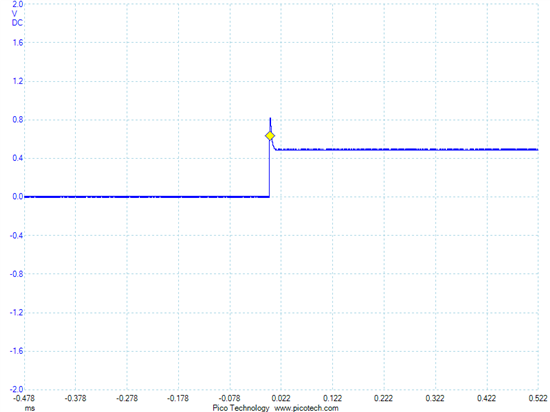Hello All,
I have a non inverting amplifier designed using the OPA 727. It is fashioned into a PGA of sorts by switching the feedback resistors with a TI CD4053 analog mux.
It appears that the response to a step input is peaking. According to TI literature, this could be the result of capacitance on the input pins (especially on the inverting pin). I suspect that the capacitance results from the nearby ground plane, leads, and the addition of the analog mux. See the figures below:


Is there anyway to compensate for this peaking? I know I could re-design, but I would prefer to see if I could add some extra capacitance somewhere to compensate.
Thanks for your input,
Alex

